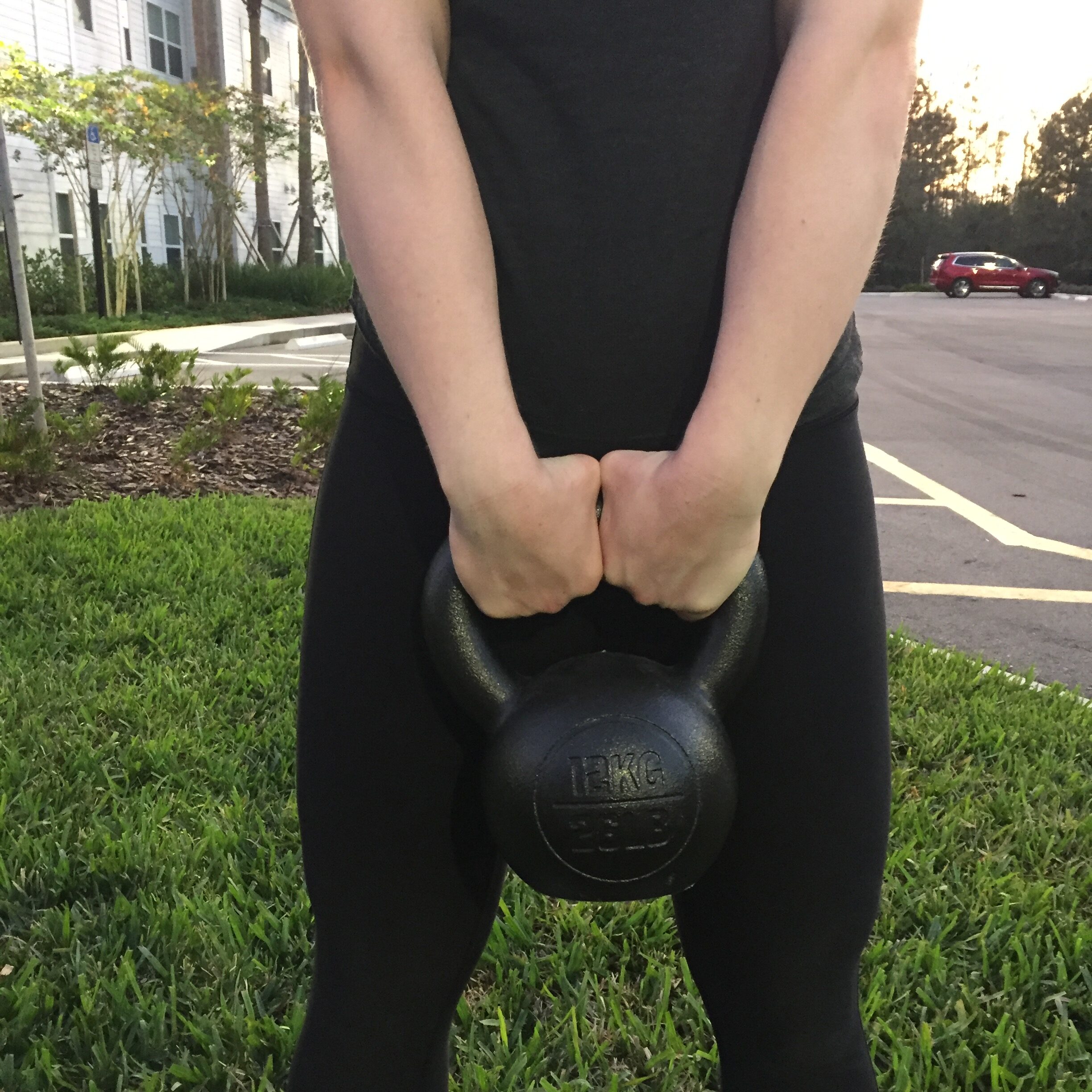Why Our Grip Matters
How we grip our barbells and kettlebells when weightlifting contributes to how successful our lifts will be. Just as there is a correct way for our spine, shoulders, legs, and feet to be positioned during a movement, there is often an ideal placement for our hands. In this blog, we will discuss the various types of grips used in CrossFit when weightlifting.
Grips Used When Barbell Weightlifting
Barbell Hook Grip
To achieve a hook grip, first wrap your thumb under the bar. Then, wrap the rest of your fingers around the bar to cover the thumb. Doing so locks the bar in place to reduce the likelihood of it slipping out of your hands, especially when barbell cycling. It may feel a bit unnatural at first but will become second nature with practice!
- When to Use: Cleans, Snatches, Deadlifts
Traditional Grip
Gripping a bar “traditionally” is done by wrapping your fingers around the bar, then wrapping your thumb over your fingers. Notice how the setup is the opposite of that of the hook grip. This places the bar and your wrists in a better position for going overhead. So, when performing a clean and jerk, we use a hook grip to clean the bar up to our shoulders, then switch to a traditional grip to jerk it overhead.
- When to Use: Strict Press, Push Press, Push Jerk, Split Jerk, Bench Press
Underhand Grip
In this grip, the palms face up as if we were scooping the barbell. While not commonly used in CrossFit, the underhand grip is crucial for movements like bicep curls.
- When to Use: Bicep Curls, Some Variations of Bent Over Rows
Mixed Grip
A mixed grip refers to one hand being in an underhand position and the other in an overhand position. This can be done with or without the hook grip and is typically only used for deadlifts. It is thought to improve your hold on the bar and could thus potentially allow for heavier lifting.
- When to Use: Deadlifts
False Grip
In weightlifting, a false grip is when your fingers are wrapped over the bar and your thumbs lies flush along the length of the bar. This is pictured in the first photo below and is sometimes used when bench pressing. Given that the thumb is not helping secure the bar, a false grip is not very stable. It is therefore recommended to instead use a traditional grip when bench pressing, as pictured in the second photo below.
- When to Use: Not Recommended for Use
Barbell Grip Width
Shoulder Width Grip
For most barbell movements, the hands are positioned at approximately shoulder width apart. The exact right spot varies from person to person, so feel free to adjust a couple inches until you find what feels right for you!
- When to Use- Cleans, Deadlifts, Strict Press, Push Press, Push Jerk, Split Jerk, Squats
Wide Grip
The wide grip is typically only used during snatches, overhead squats, and snatch accessory exercises. To determine how far apart your hands should be, use this tip as a guideline! Deadlift the barbell to an upright position. Then, keeping your elbows locked out, widen your grip until the bar is sitting level with your hip crease. That width will be your ideal hand placement for all wide grip movements.
- When to Use: Snatches, Overhead Squats, Snatch Drops, Snatch Balances
Grips Used When Kettlebell Training
Kettlebell Hook Grip
When using a kettlebell, the handle should rest in your fingers rather than your palms. This creates the kettlebell hook grip and is pictured in the first photo below. Note how visible the fingers are in this picture as compared to the second photo below. Clutching the bell in your palms, as in the second photo, results in overgripping, which produces inappropriate tension and increases the risk of tearing your hands.
- When to Use: Swings, Deadlifts, Farmer’s Carries
Key Takeaways About Grip
Between being mindful of form, keeping track of reps, and just trying to survive when we feel like we’re dying, it can be easy to forget about our grip while weightlifting. However, remaining intentional with how we hold our equipment can be the difference between completing or failing a repetition. We hope this blog gave you a better grip on how to grip so those reps can always be successful!











